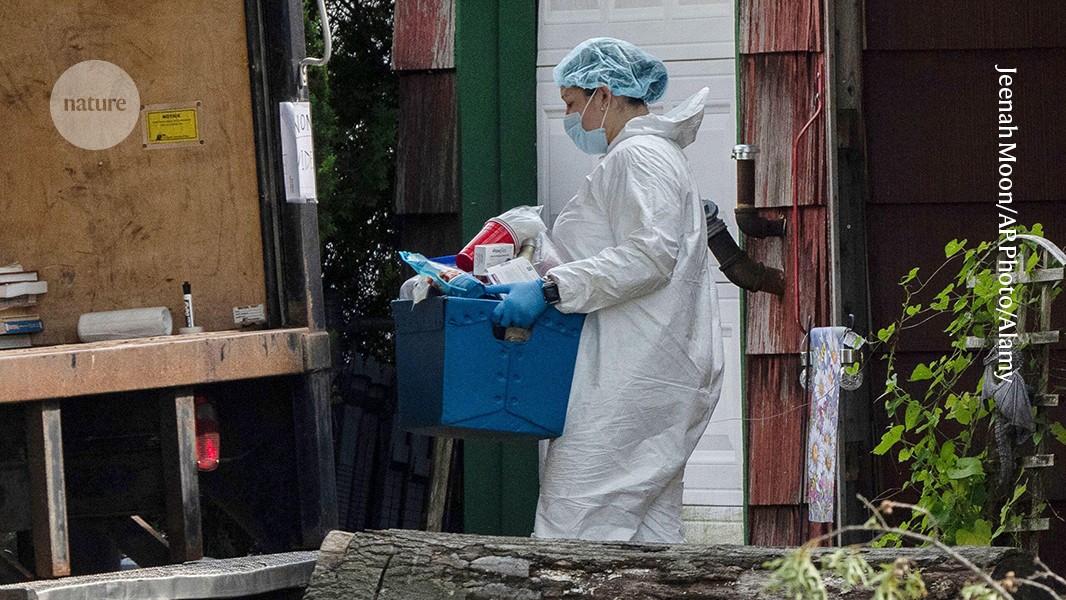
"A judge in New York rejected a request on 23 September to disqualify the use of cutting-edge DNA sequencing as evidence in a case against an alleged serial killer. The ruling paves the way for a type of DNA analysis known as whole-genome sequencing - used to decipher ancient DNA in fossilized remains, for example - to be admitted as evidence in US criminal trials."
"Forensic scientists still identify suspects from hair and other samples using the conventional polymerase chain reaction (PCR) method, which can amplify snippets of DNA called short tandem repeats (STRs). Today, however, scientists can also sequence whole genomes and look at single-letter variations in the DNA to zero in on a person of interest. This technology has the added benefit of being able to analyse severely degraded samples - from Neanderthal remains to hairs in the Gilgo Beach case."
"Many of the victims were sex workers, and the bodies of some of them were found near the eponymous beach. New York architect Rex Heuermann was charged with seven of the murders in 2023 and 2024 partially on the basis of hairs found on the victims. In 2010, investigators concluded that there wasn't enough genetic material in the hairs for conventional forensic technology to identify whose they were. But since then, genomic technology has matured at a fast pace."
A judge in New York rejected a request on 23 September to disqualify cutting-edge DNA sequencing evidence in a criminal case, allowing whole-genome sequencing to be admitted. Whole-genome sequencing can decipher ancient or highly degraded DNA and compares single-letter variations across genomes. Investigators in the Gilgo Beach murders collected hairs that in 2010 lacked sufficient genetic material for conventional PCR-based short tandem repeat analysis. Conventional forensics amplifies STRs, while modern genomic methods sequence whole genomes and can analyse severely degraded samples. The ruling enables re-testing of minute, old, or degraded evidence and may prompt cold-case units nationwide to revisit stored samples.
Read at Nature
Unable to calculate read time
Collection
[
|
...
]